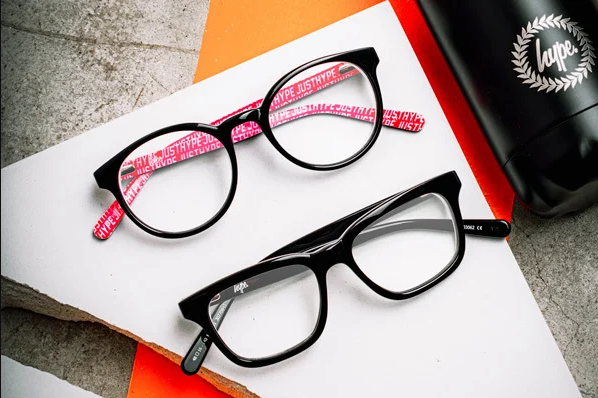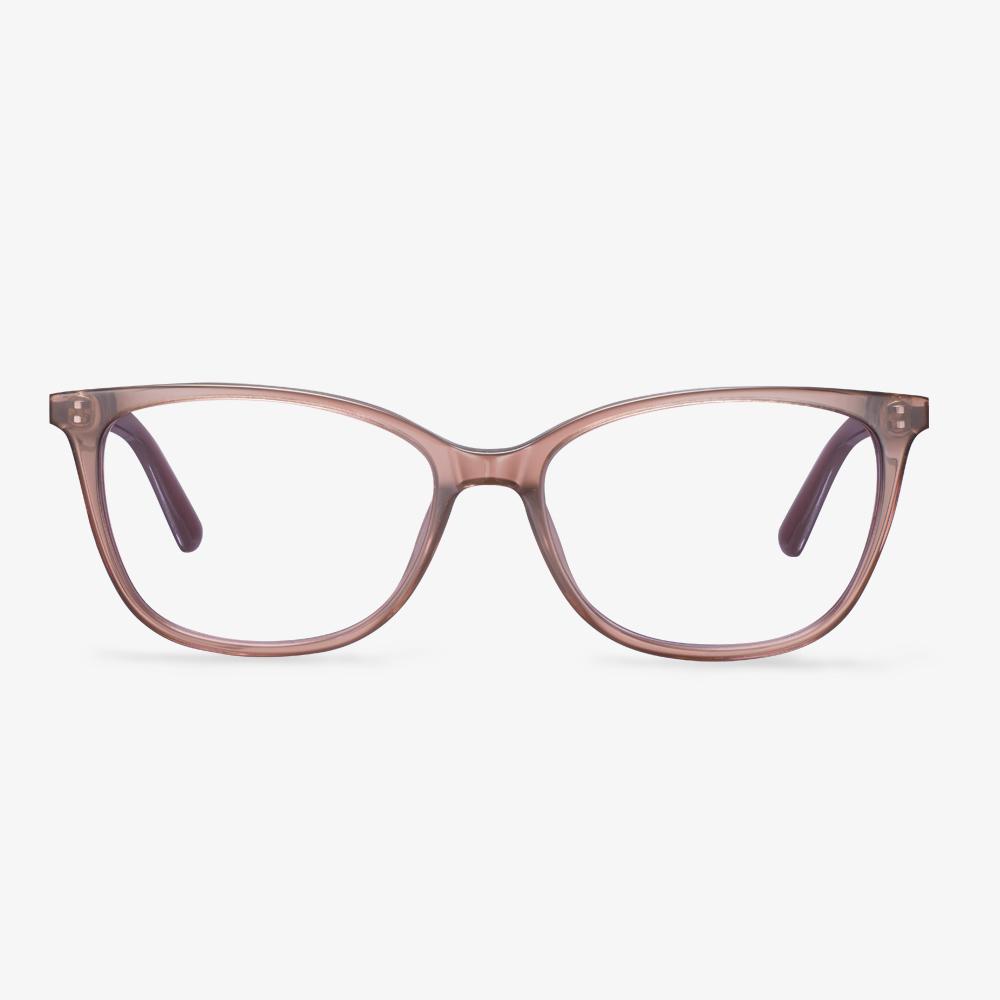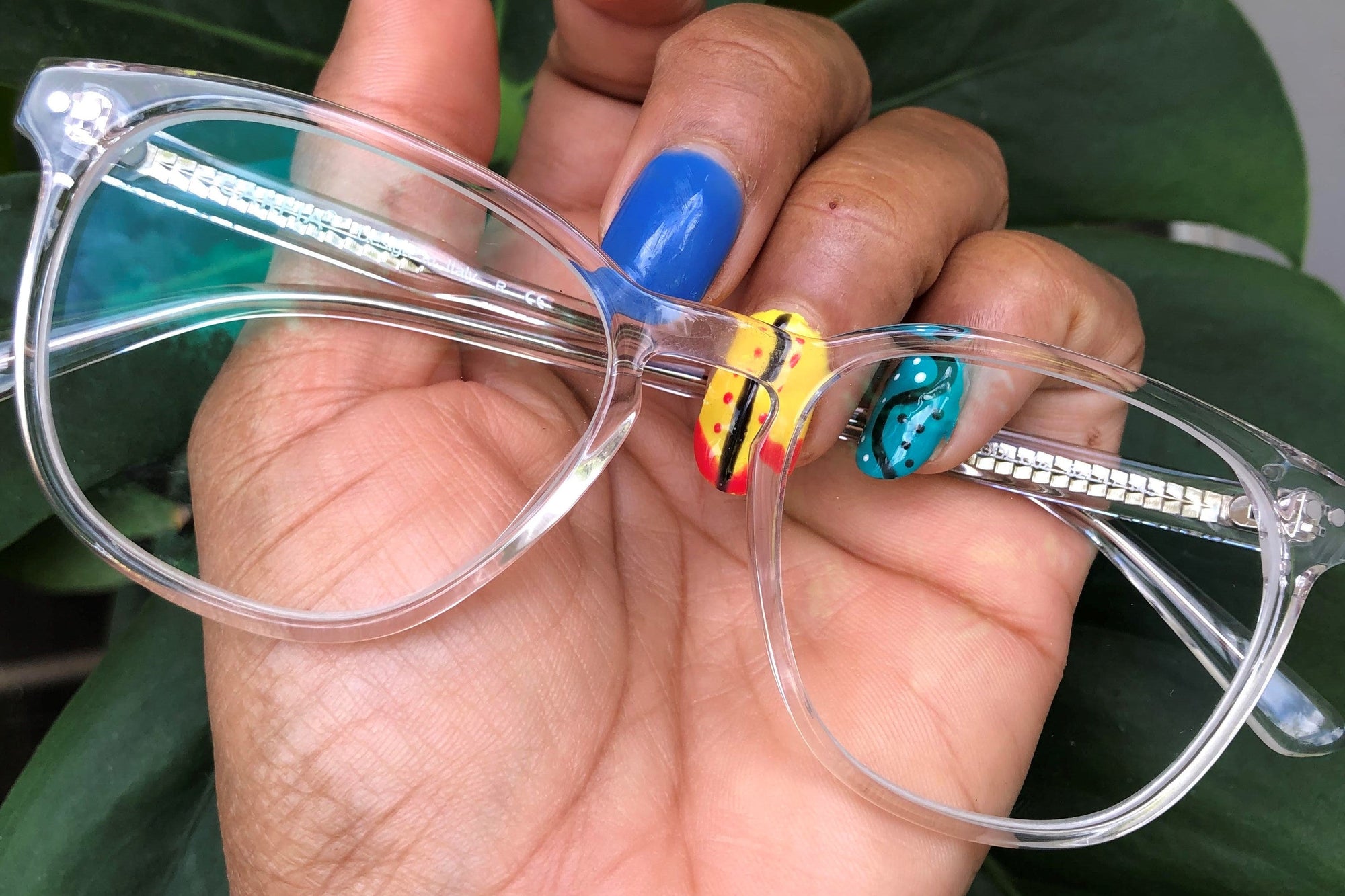Consider the elements of frame comfort.
What we need to know is that the frame exists first as a positioning device for the lens, and secondly as a beauty. The pupil is consistent with the optical center of the lens, so it should not be too high or too low. The horizontal direction is not skewed, and there is no one high and one low phenomenon. Bilateral symmetry is a standard for manufacturing enterprises. Non-mechanical symmetry is for the wearer. The frame should be adjusted according to the size of the wearer's face. The frame is not easy to slide down, and frequent slide is prone to the phenomenon that the pupil is too high and low to match the face.
Who should wear blue light glasses?
Teenagers, middle-aged and old people need to wear blue light glasses. The lens of a teenager is clear, pure, and still developing. Their eyes are less resistant to blue light than adults and are more vulnerable to long-term exposure to blue light, which can promote the development of myopia. Teenagers study more nervous, are free to love to play computer games, love to watch TV programs. Blue light damage can be said to be everywhere. As a result, teenagers are among the biggest victims of blue light. Macular degeneration is a common disease in the elderly, usually occurring after the age of 45, and the incidence increases with age. Blue light can accelerate the progression of macular degeneration, especially in patients following cataract surgery. Blue-blocking glasses are still the best preventative measure.
The arm length is an important part of the size of the glasses.
Spectacle frames are standard optical products. Just like people's clothes and shoes, they all have their own size. Usually, specs for the size of the glasses are on the inside of the temple, on the bridge of the nose, or on the label. In general, the frames of the glasses are marked with the width of the frames, the width of the bridge of the nose, and the length of the arm. For example, the inner side of the temple is labeled: 52口 18-135, indicating the lens width of 52mm, the width of the nose bridge of 18mm, and the arm length is 135mm.
To protect the lens.
Avoid getting chemicals on your glasses, and if you do, rinse with water immediately. If there is sweat and grease on the glasses, they should be washed to avoid corrosion. Do not use clothes or towels to wipe the lenses. Rubbing the lens with a rough cloth can cause scratches on the surface of the lens. So it is best to use special glasses cloth when you wipe the lenses, and when you wipe the glasses, you must hold the glasses on one side of the frame with your hand, and then gently wipe the glasses with the glasses cloth. Remember not to overexert, otherwise, it is easy to cause frame and lens damage.
GlassesUSA lenses
GlassesUSA provides a variety of lens options, including UV and anti-glare filter coatings, which may reduce eye strain from digital device use. The freight is included. Rush Shipping can charge a small fee. This is good for people who desperately need new glasses or contact lenses.
Features of progressive lenses
With the proper head position, the wearer can have a clear and continuous vision at all distances from the distal point to myopia through the progressive lens. When the eye moves from one area of vision to another, the eye adjustment process is natural and smooth, without any visual fluctuations. With natural vision and better adaptability, it is in line with physiological optics. The mid and near vision area is relatively small: Some wearers may feel that the gradient area of the progressive lens is smaller, which limits the width of the saccadic eye and requires increased head movement in order to achieve the same reading range. At medium and short distances, the wearer needs to coordinate certain head movements.
How to buy anti-blue light products?
In order to further standardize anti-blue light products and make all kinds of products effectively protect eye health, relevant standards have been formulated. Based on the different effects of blue light in different bands on the human body, the transmittance of blue light in each band is required in the standards.
For example, in the band range of 415-445 nm, the transmission ratio of light is less than or equal to 80%, and more than 445 nm, it is greater than 80%.











































